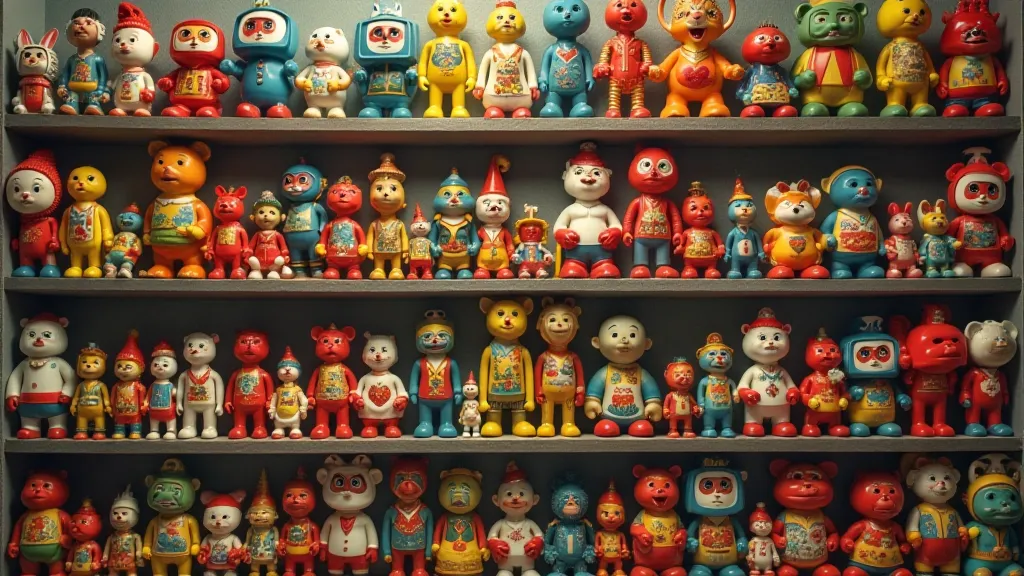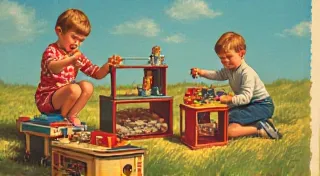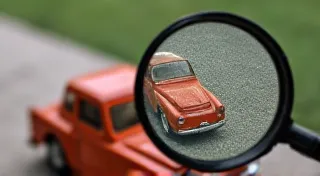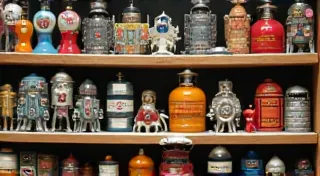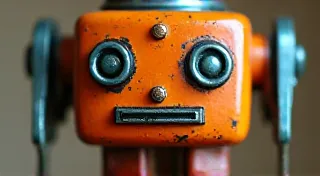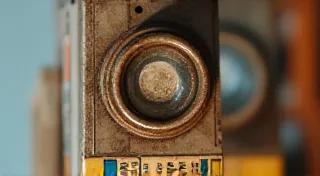The Rise of Retro: Why Vintage Toys Hold Nostalgic Appeal
In a world dominated by the new and the cutting-edge, there’s a quiet revolution happening – a resurgence of interest in the past. This isn't just about fashion or music; it’s a profound reconnection with objects that defined childhoods, sparked imaginations, and represented a simpler time. And at the heart of this retro revival lies a powerful force: vintage toys. But why do these relics of a bygone era hold such a strong appeal? Why are collectors – and casual admirers – so captivated by them? Let's delve into the cultural significance of vintage toys and explore the powerful feelings of nostalgia they evoke, connecting us to the past in a unique and meaningful way.
The Power of Nostalgia: More Than Just Memories
Nostalgia is a complex emotion, often described as a bittersweet longing for a past that may or may not have been as perfect as we remember. It's more than just remembering a good time; it's about feeling connected to a sense of identity, belonging, and innocence. Vintage toys are potent triggers for this emotional response. They're tangible links to our formative years, representing a time when worries were fewer and the world seemed full of endless possibilities.
Consider the sheer volume of sensory information associated with a specific toy. It’s not just the visual appearance – the bright colors of a 1980s Cabbage Patch Kid, the sturdy construction of a 1960s G.I. Joe action figure – but also the tactile experience of holding it, the faint scent of aged plastic or cardboard, perhaps even the memory of the sounds it made. These sensory details act as powerful cues, instantly transporting us back to those cherished moments.
Psychologically, nostalgia provides comfort and reassurance. In an increasingly uncertain world, revisiting familiar and comforting objects and experiences can reduce anxiety and boost self-esteem. A vintage toy can be a reminder of who we were, what we valued, and the people who were important to us. It's a form of emotional time travel, allowing us to reconnect with a simpler, often idealized, version of ourselves.
The concept of “peak nostalgia” has also come into play. Generally, the 1980s and 1990s are experiencing a particularly strong wave of nostalgia, driven by millennials and Gen Xers revisiting their childhoods. This generation grew up with iconic toys that have become cultural touchstones, further amplifying their appeal.
A Cultural Landscape of Play: Iconic Toys and Their Impact
The popularity of vintage toys isn't solely about personal nostalgia; it’s also intertwined with cultural significance. Certain toys have transcended their status as mere playthings, becoming powerful symbols of their time. Let's examine a few examples:
- G.I. Joe (1960s): More than just action figures, G.I. Joe reflected the Cold War anxieties and burgeoning interest in military themes. They represented a generation's fascination with adventure and heroism.
- Star Wars Action Figures (1970s-80s): The rise of Star Wars wasn’t just a cinematic phenomenon; it was a cultural revolution. The accompanying action figures became coveted status symbols, sparking a dedicated collecting craze that continues today.
- Cabbage Patch Kids (1980s): These soft-sculpted dolls weren't just toys; they were personalized treasures, each with its own name and adoption certificate. The frenzy surrounding their release exemplified the consumerism of the 1980s.
- Teenage Mutant Ninja Turtles Figures (1980s): The popularity of the TMNT franchise propelled the plastic figures into a must-have for kids worldwide.
- Polly Pocket (1989): The tiny dolls and compact play sets represented a clever, design focused toy that captivated young girls.
These toys weren’t just products; they were part of the cultural zeitgeist. They reflected societal values, anxieties, and aspirations. Collecting them isn’t just about acquiring objects; it’s about preserving a piece of that history.
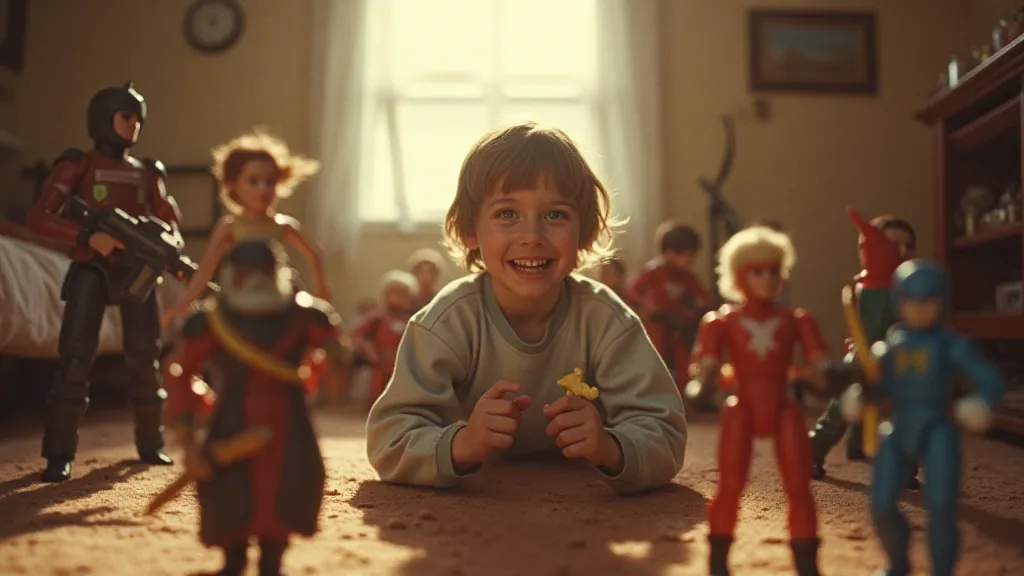
The Collecting Community: Sharing Passion and Preserving History
The rise of retro has fostered vibrant collecting communities. Online forums, social media groups, and collector conventions provide platforms for enthusiasts to connect, share their knowledge, and trade their treasures. This sense of community is a significant draw for many collectors.
For some, collecting is a serious investment. Rare and sought-after vintage toys can command significant prices, turning collecting into a lucrative hobby. However, for most, the value lies in the personal connection and the shared passion for preserving a piece of history.
The dedication of these collectors plays a vital role in ensuring that these toys are not forgotten. Through careful preservation and restoration, they are ensuring that future generations will have the opportunity to experience the joy and nostalgia of these iconic playthings.
Beyond Childhood: The Enduring Appeal for Adults
It's common to see children engaging with toys, but the vintage toy collecting community is overwhelmingly adult. This isn’t simply about recreating childhood experiences; it’s a deeper exploration of memory, identity, and the passage of time.
Adult collectors often approach vintage toys with a newfound appreciation for their design, craftsmanship, and cultural significance. They recognize the artistry and ingenuity that went into creating these objects, and they value their role in shaping a generation's imagination.
Furthermore, collecting can offer a sense of accomplishment and purpose. Completing a collection, discovering a rare piece, or sharing knowledge with others can provide a sense of fulfillment that goes beyond the simple enjoyment of toys. It’s about preserving a legacy.
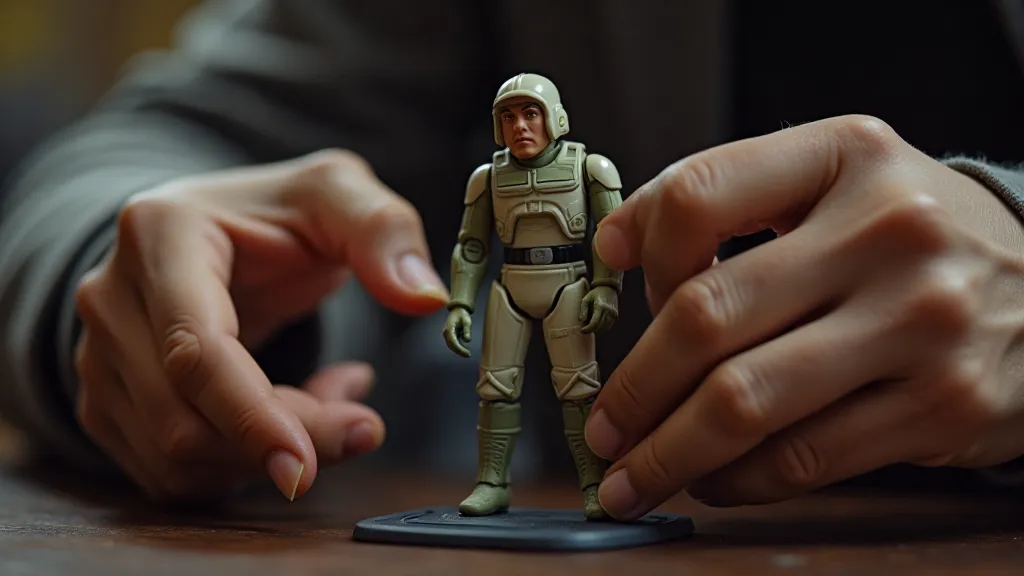
The Future of Vintage Toy Collecting: Sustainability and Digital Preservation
As the vintage toy market continues to evolve, new trends are emerging. Sustainability is becoming increasingly important, with collectors seeking out toys made from durable materials and avoiding excessive packaging. The rise of online marketplaces and digital archives is also transforming the collecting landscape.
Digital preservation is particularly noteworthy. High-quality photographs and detailed descriptions of vintage toys are being shared online, creating a virtual museum of play. This ensures that these objects are documented and accessible to future generations, even if the physical toys themselves are lost or damaged.
The ongoing popularity of vintage toys is a testament to their enduring power. They’re more than just objects; they’re tangible links to our past, triggering powerful memories and connecting us to a shared cultural heritage. They remind us of the joy of childhood, the importance of community, and the enduring power of imagination.
